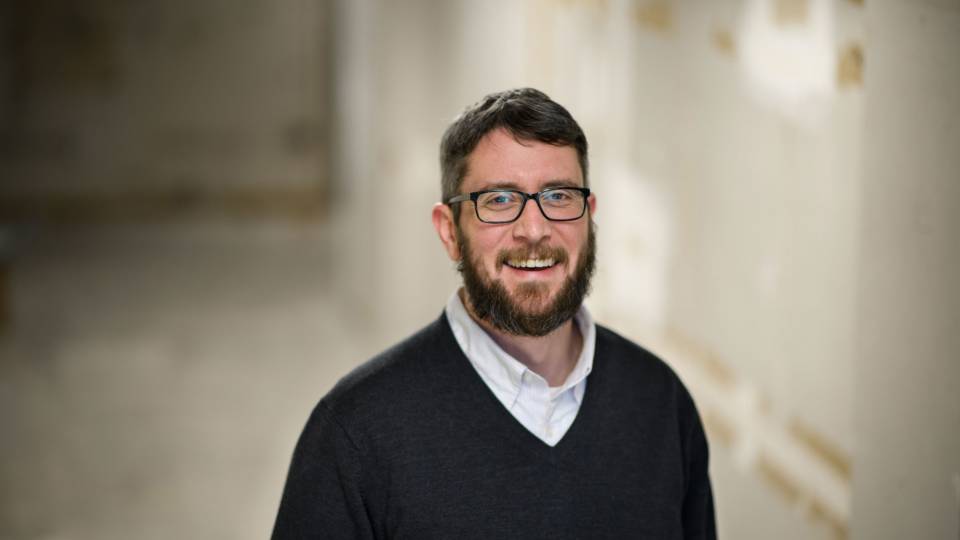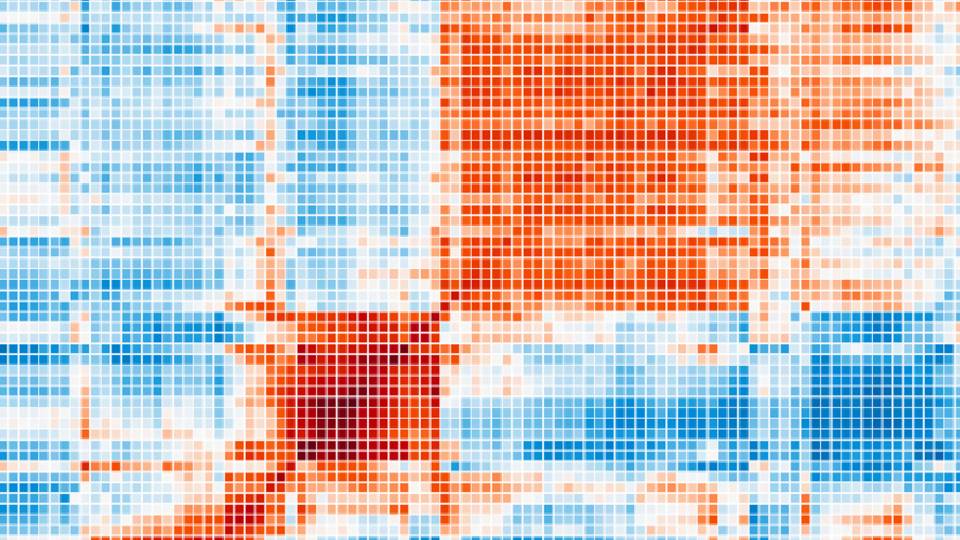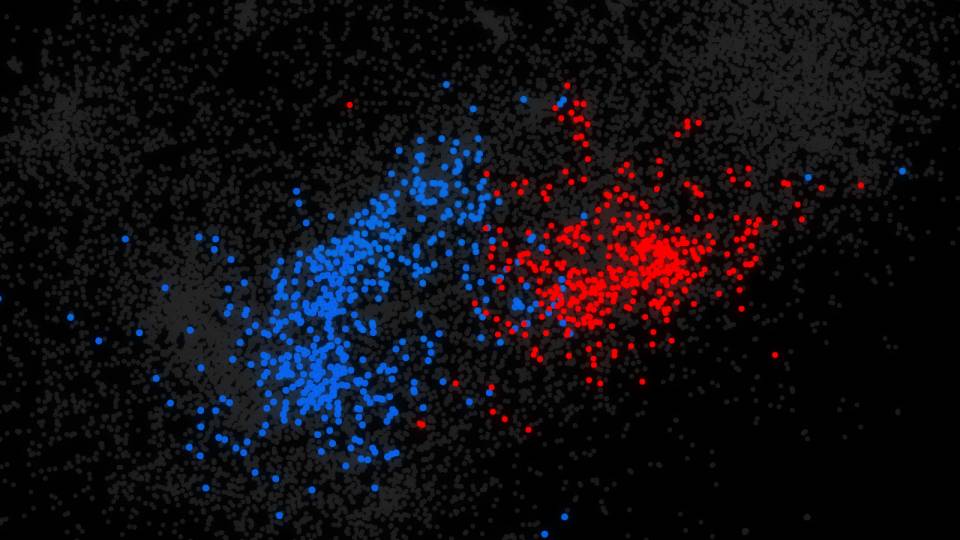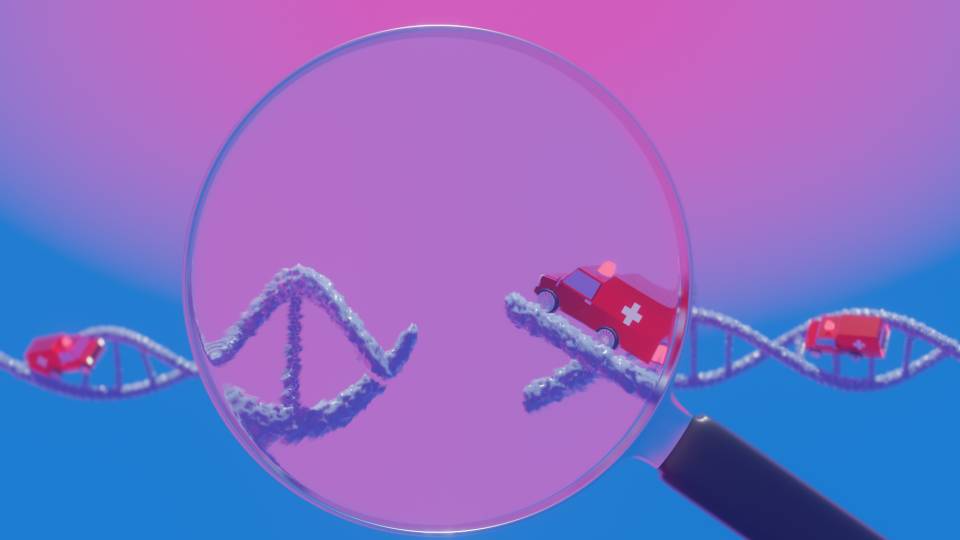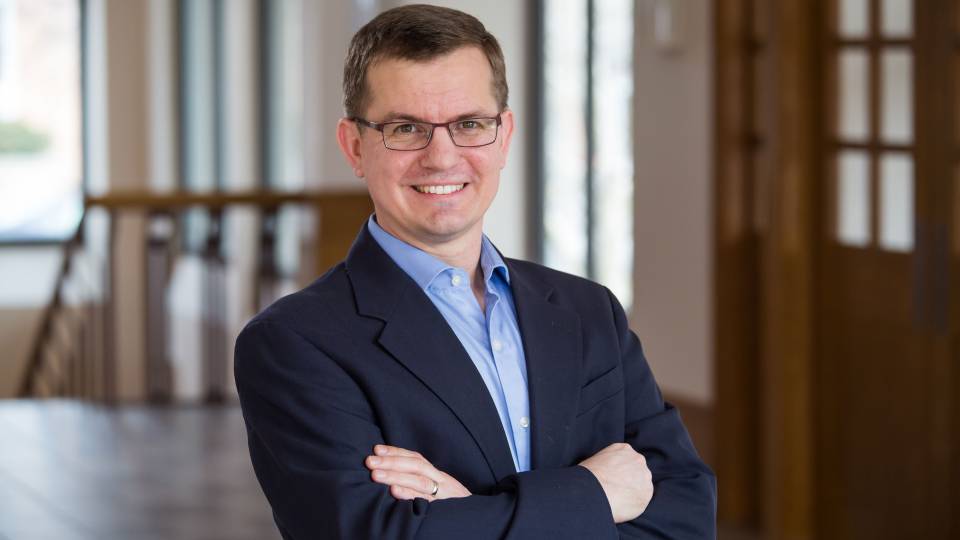Spirals of DNA, once thought to be merely the passive memory banks that preserve life’s blueprints, may also actively modify themselves under certain conditions, according to Princeton University scientists.
A team of molecular biologists has found that some single strands of DNA are capable of removing a genetic building block from the spiral, a task previously thought to be impossible without the involvement of a separate catalyst such as RNA or proteins. Such removal, called depurination, occurs only at a single point within a particular genetic sequence, one that appears at least 50,000 times in the human genome. The team’s discovery that the removal occurs consistently in laboratory samples indicates that DNA is a more dynamic substance than was previously thought, and it raises the possibility that other unexpected behaviors still await discovery in this well-studied molecule.
“No one ever dreamed genomic DNA may have another function besides memory storage, but it apparently does,” said Jacques Fresco, the Damon B. Pfeiffer Professor in the Life Sciences at Princeton. “We don’t really know yet why or how it happens, but it makes us wonder what else DNA might be doing without our knowledge.”
Dr. Ann Skalka, senior vice president for basic science at the Fox Chase Cancer Center in Philadelphia, said the findings merit continued attention.
“This fascinating and unanticipated new property of DNA has the potential to cause substantial damage to our cells, leading to cancer or other diseases, unless it is controlled or exploited for some beneficial purpose,” she said. “We will stay tuned.”
Fresco’s team published its findings in the March 21 issue of the journal, Proceedings of the National Academy of Sciences. Also contributing to the research are Princeton researcher Olga A. Amosova and Richard Coulter, currently at West Chester University.
The double-stranded helical structure of DNA is a shape familiar to many, and these long, stringy molecules are in most circumstances unchanging and highly stable -- valuable characteristics for objects whose function is to preserve the master plan of the organism that carries them. Altering the sequence of a DNA strand is often necessary for innumerable bodily functions, such as growth and healing, but scientists previously thought that such alterations require other chemical catalysts or enzymes to do the clipping and rearranging.
When DNA does undergo such changes, its two strands sometimes separate from one another like a broken zipper splitting down the middle, the teeth of one side pulling away from the other. But in some cases, each side will then often bunch up so its teeth can latch on to others from the same side, forming small “loops” of a single-stranded DNA that extend out from the side of the double-stranded helix’s “stem.”
“For genes to express themselves and create change within the body, you absolutely have to get the two strands of DNA apart first, and it’s only through separation that DNA forms these stem-loops,” said Amosova, a research molecular biologist and Fresco’s long time collaborator. “Such separation occurs, for example, when genes are doing something to regulate the body.”
But the team found that if a stem-loop forms from a particular sequence of DNA, one of the genetic “teeth” will fall spontaneously from that side of the zipper, and the weakened strand will eventually break apart in that spot unless it is repaired by enzymes in the cell. Fresco said this sort of activity seems akin to self-mutilation at first glance.
“To a scientist, this kind of self-inflicted genetic damage appears unhealthy, the sort of thing that would cause undesirable mutations and could kill off the organism,” Fresco said. “Cells have evolved a complex DNA repair system to constantly repair such damage. But evolution has not, as we’d expect, put a stop to it. So we theorize it must be happening for some good reason that we have yet to uncover.”
Of the more than 3 billion DNA building blocks in the human genome, the 18-residue sequence that gives rise to the cleavage occurs in about 50,000 places -- a very significant number, Fresco said.
“We can only speculate now as to what aspects of biology this self-cleavage could influence, but the general function of stem-loops combined with the number of sites where depurination can occur does make us curious enough to look further,” Amosova said. “Such a self-depurination capability may, for example, be beneficial in sections of the genome involved in antibody production, where losing a building block from the sequence could lead to higher mutation rates in the antibody-coding genes. This, in turn, could lead to a larger variety of antibodies to protect the body more effectively.”
More generally, Amosova said, losing a building block increases the flexibility of the otherwise highly rigid DNA molecule, which in some circumstances needs to be bent.
“Flexibility could help with DNA packaging, which happens any time you need to stuff DNA into a tight place,” she said. “In particular, viruses typically pack a lot of DNA strands into their shells, leaving virtually no space unused. It may also play a role in the folding of DNA in chromosomes.”
Still, Fresco said, it remains too early to tell where the discovery will lead, though the team will look for some possible biological role for their finding.
“Thus far we have observed this effect under laboratory conditions that closely resemble those within the cell. Now, we would like to observe them directly in the cell nucleus,” he said. “If we have indeed found one way that DNA can change itself spontaneously, there might be others, and we plan to hunt for them.
“Additionally, I might mention that this discovery was made while we were exploring ways to repair the genetic mutation that causes sickle cell anemia,” Fresco said. “We noticed that the depurination occurs right next to the site of the mutation responsible for the disease, but we don’t yet know if there’s any relation between these two facts. We certainly hope we’ve noticed an effect that will eventually offer some new approaches to many diseases.”
